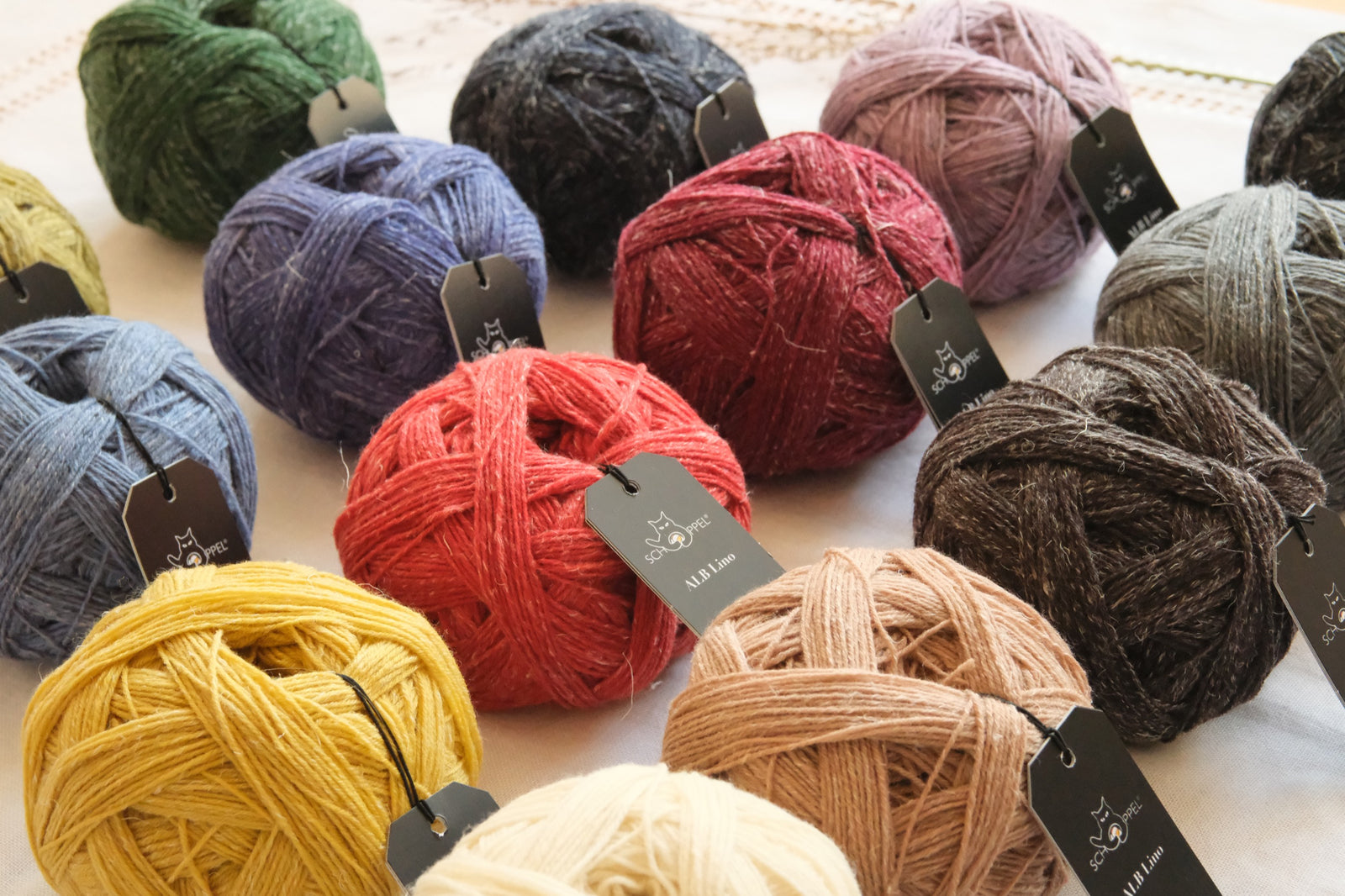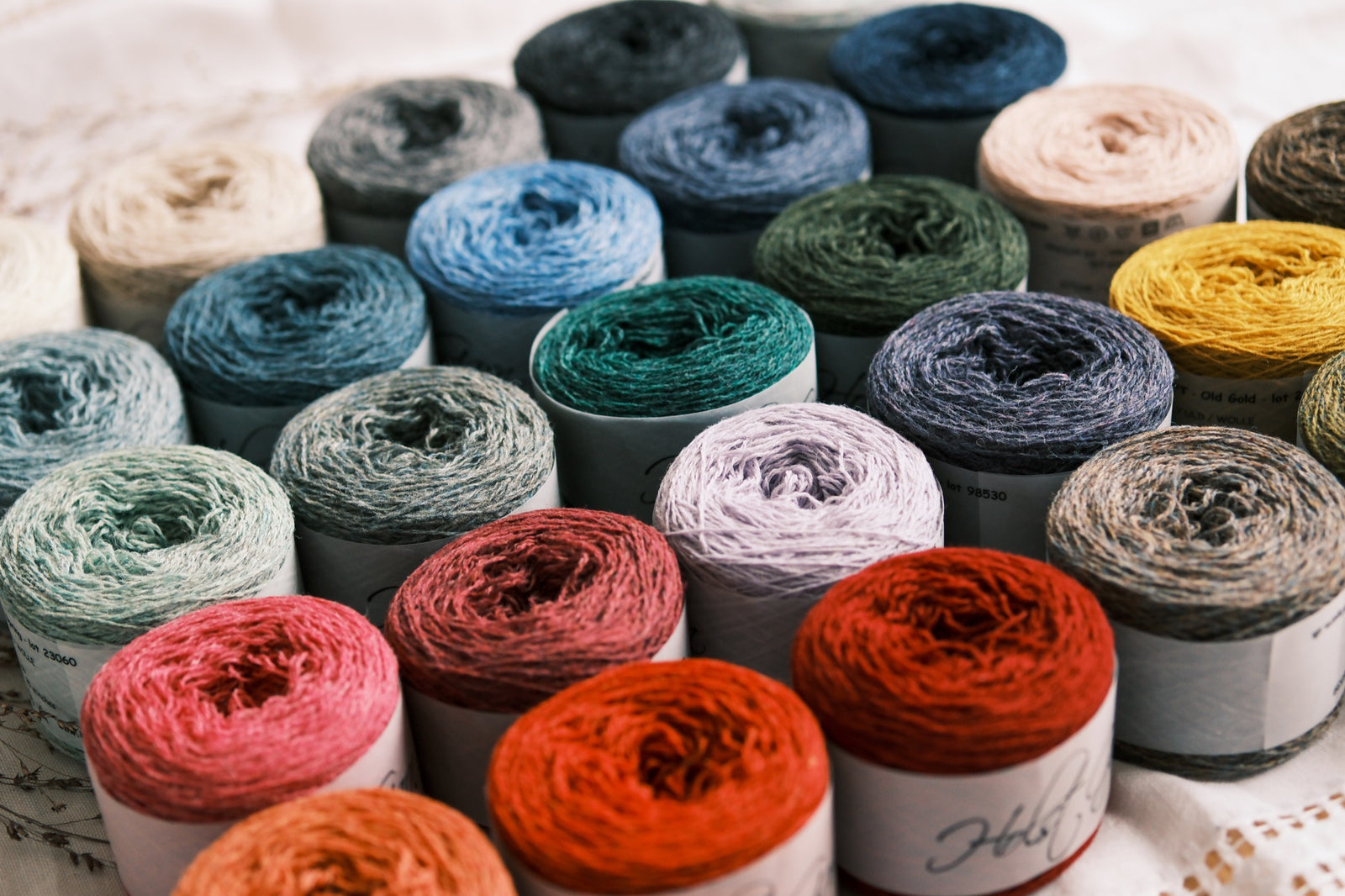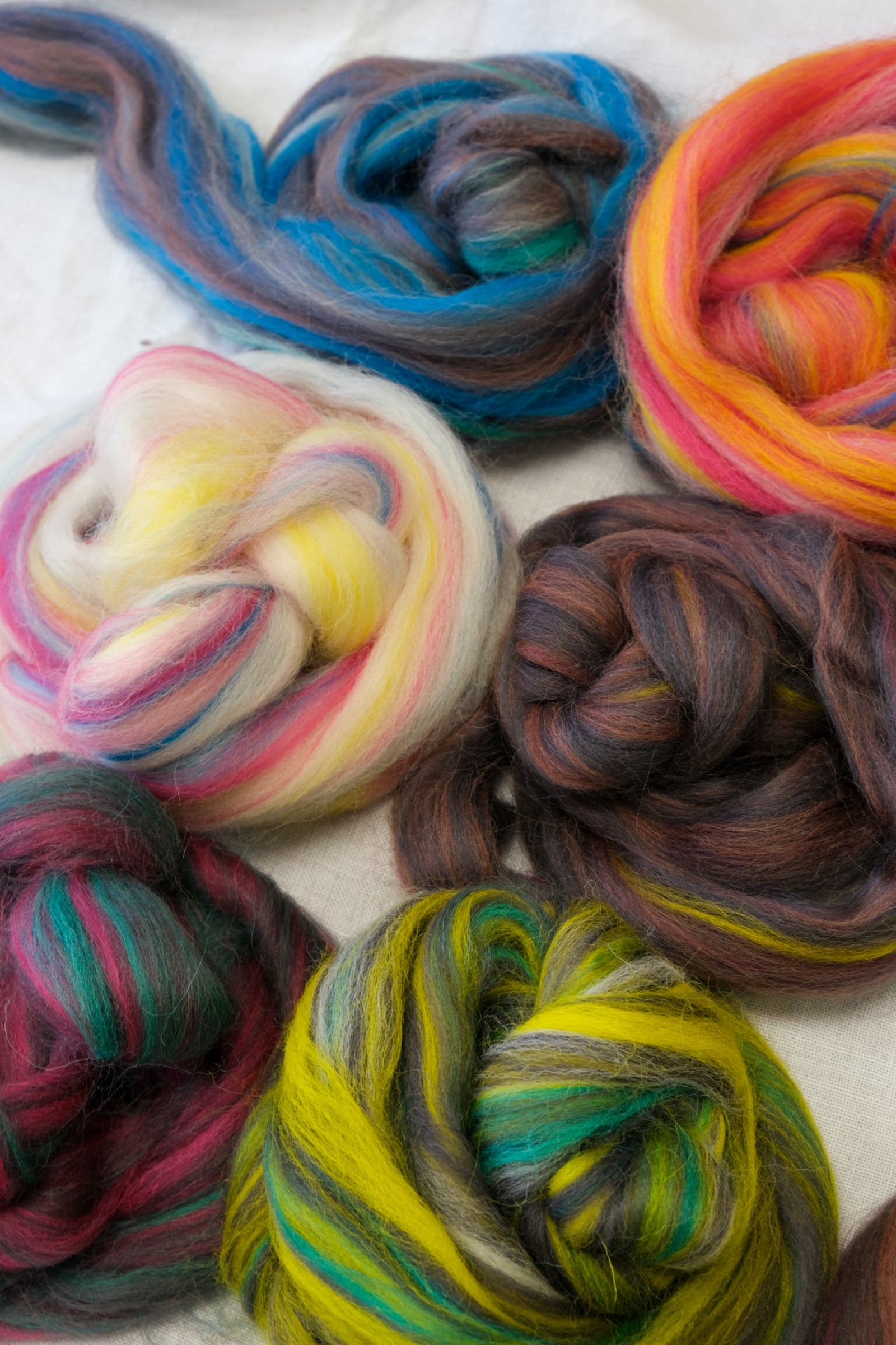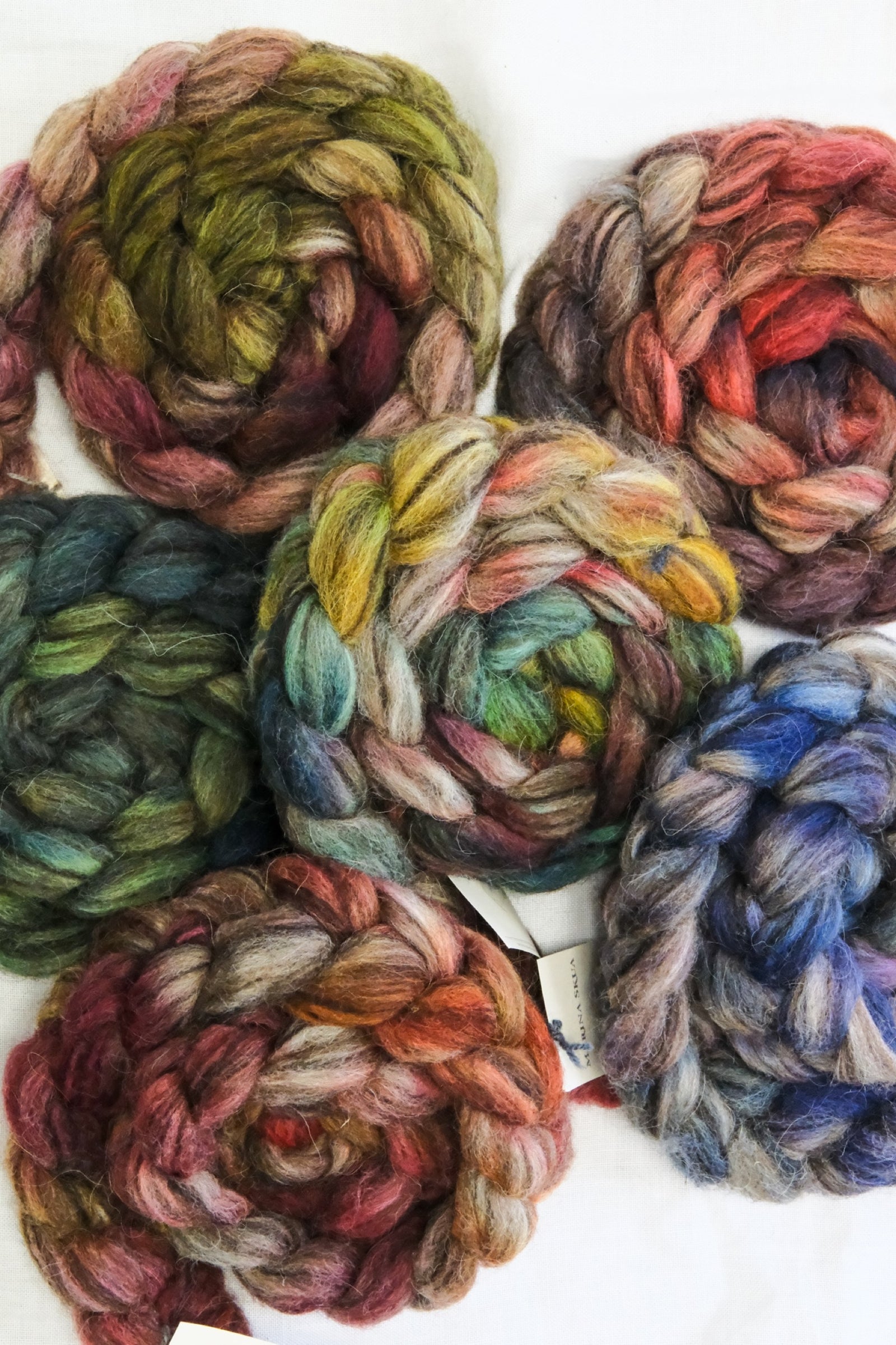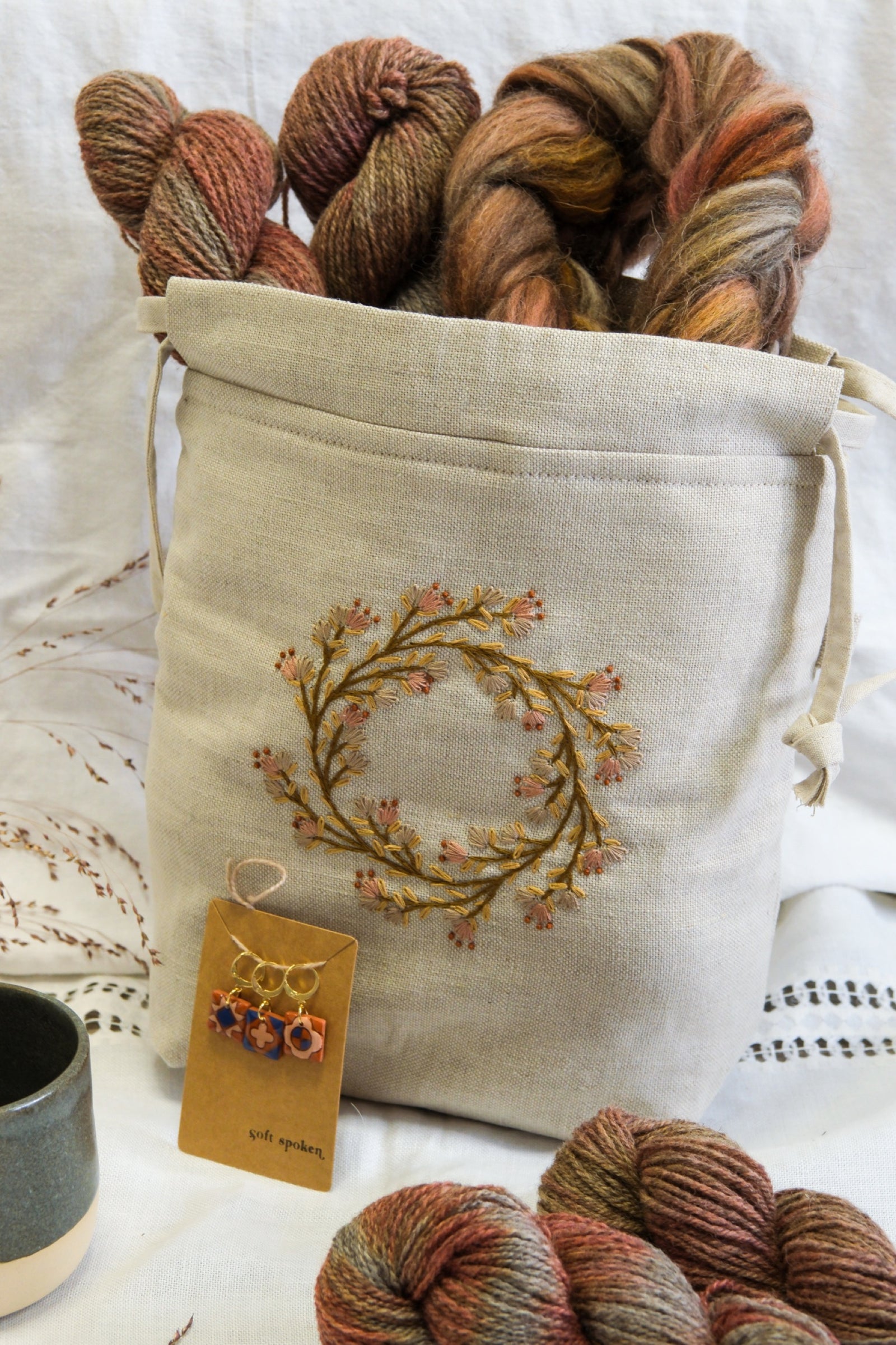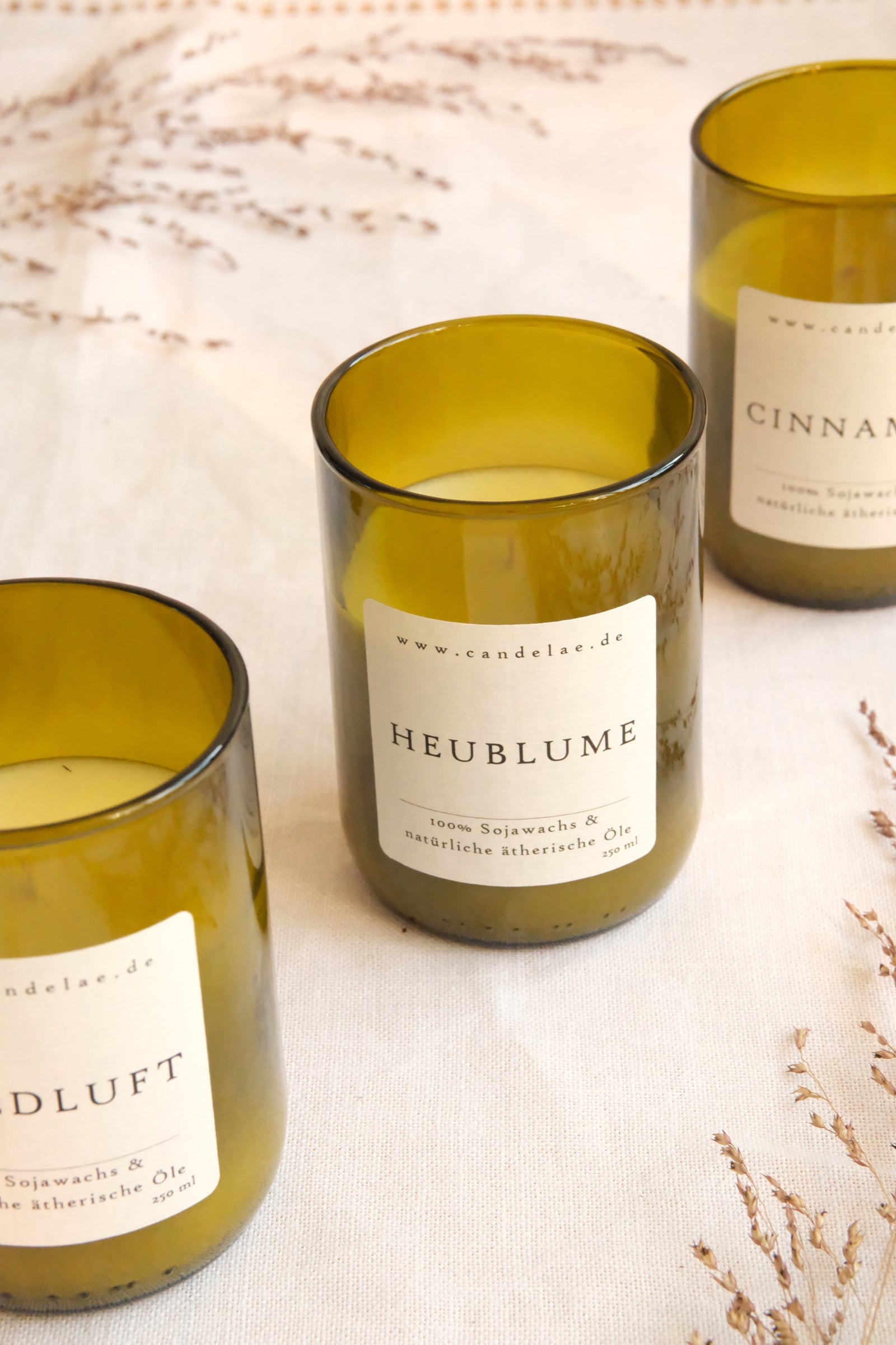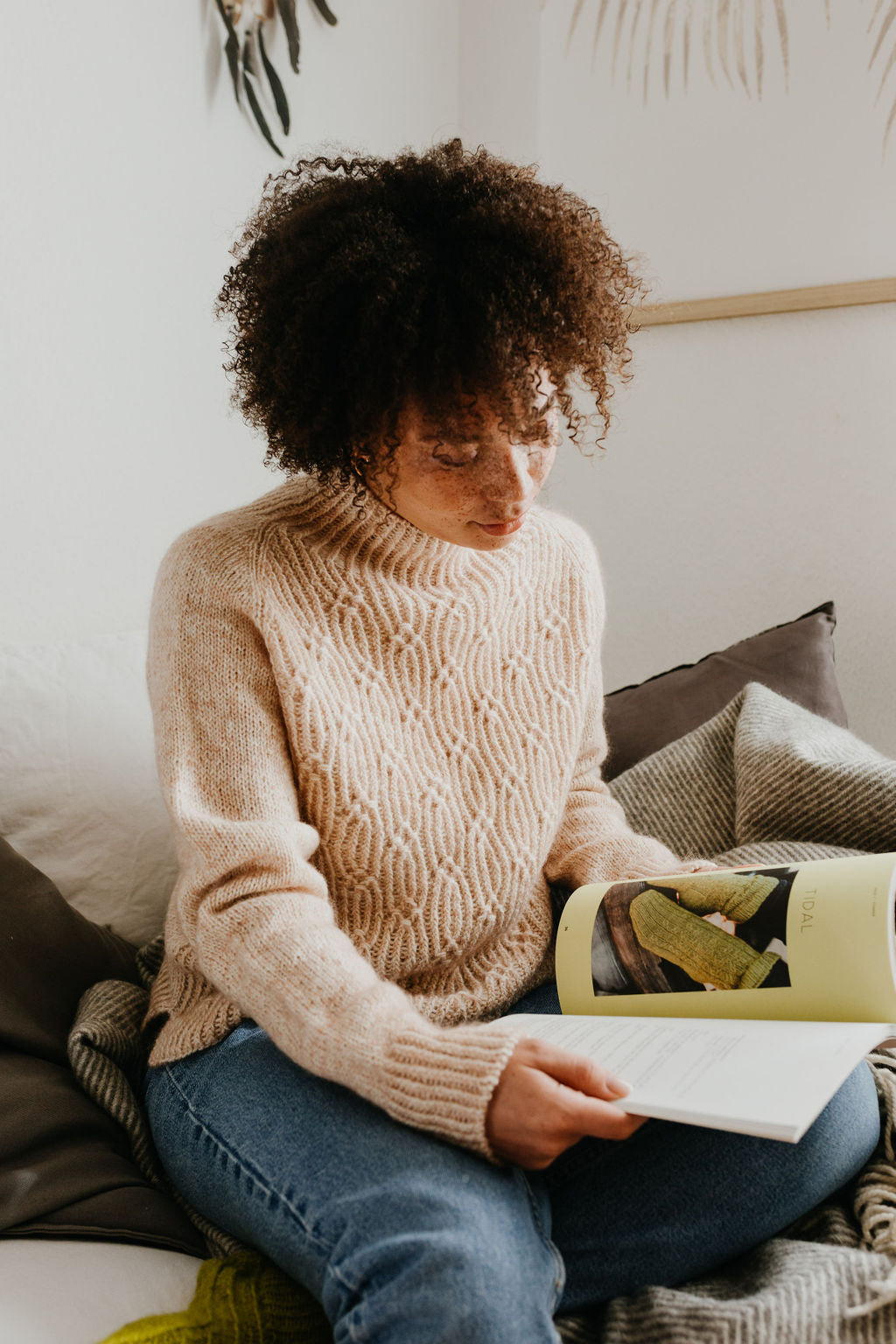As of April 1, Making Stories is closed. Thank you for your support all these years!
As of April 1, Making Stories is closed. Thank you for your support all these years!
Spinning Fiber
Notions & Gifts
Books, Magazines & Patterns
About Us
We're here to help you stitch sustainability into every aspect of your making.
With our carefully curated selection of non-superwash, plastic-free yarns and notions, we have everything you need to get started on your next project - and the one after that.
Here's to a wardrobe of knits we love and want to wear for years to come!
We're here to help you stitch sustainability into every aspect of your making.
With our carefully curated selection of non-superwash, plastic-free yarns and notions, we have everything you need to get started on your next project - and the one after that.
Here's to a wardrobe of knits we love and want to wear for years to come!
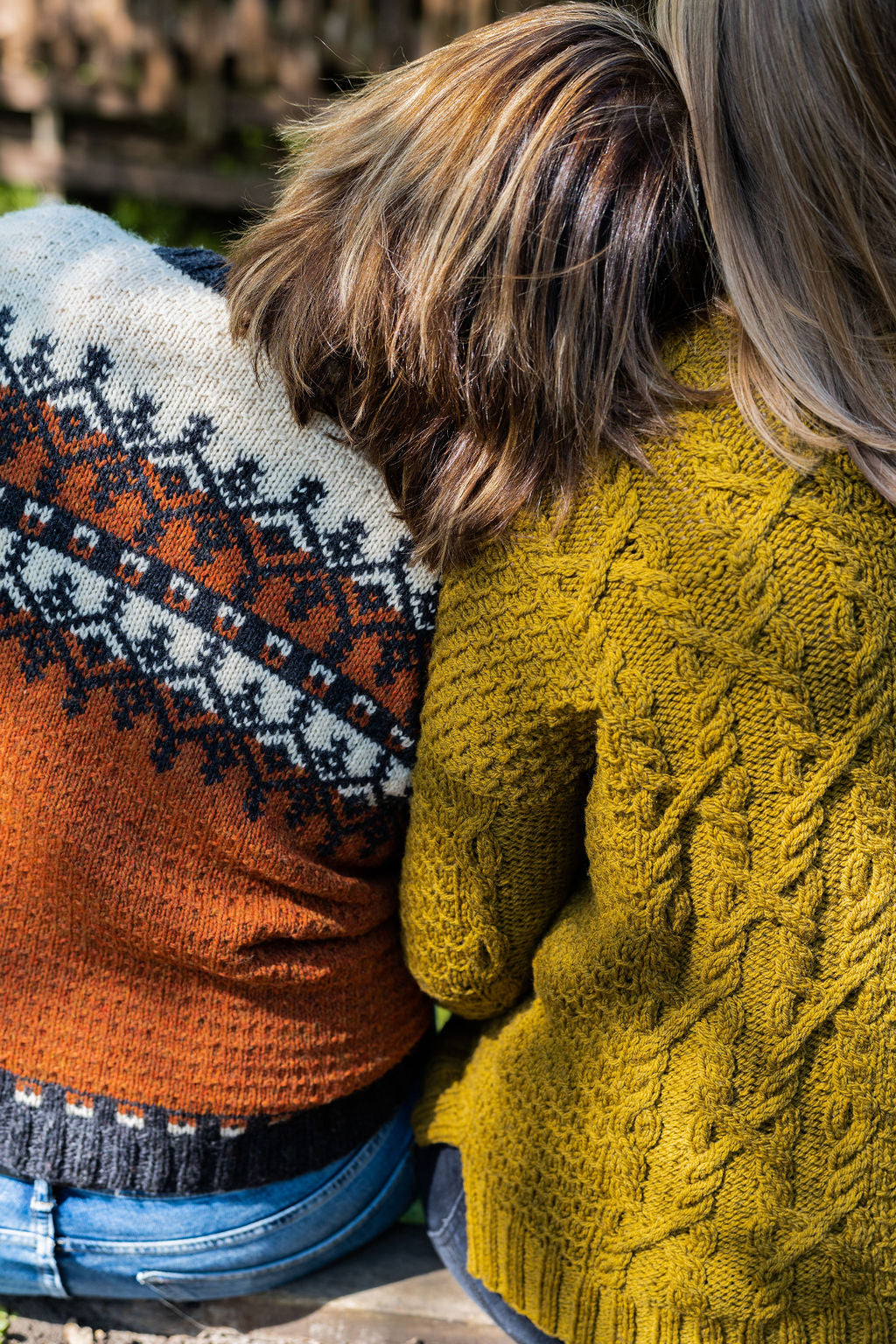
Our Sustainability Pledge

Our Blog
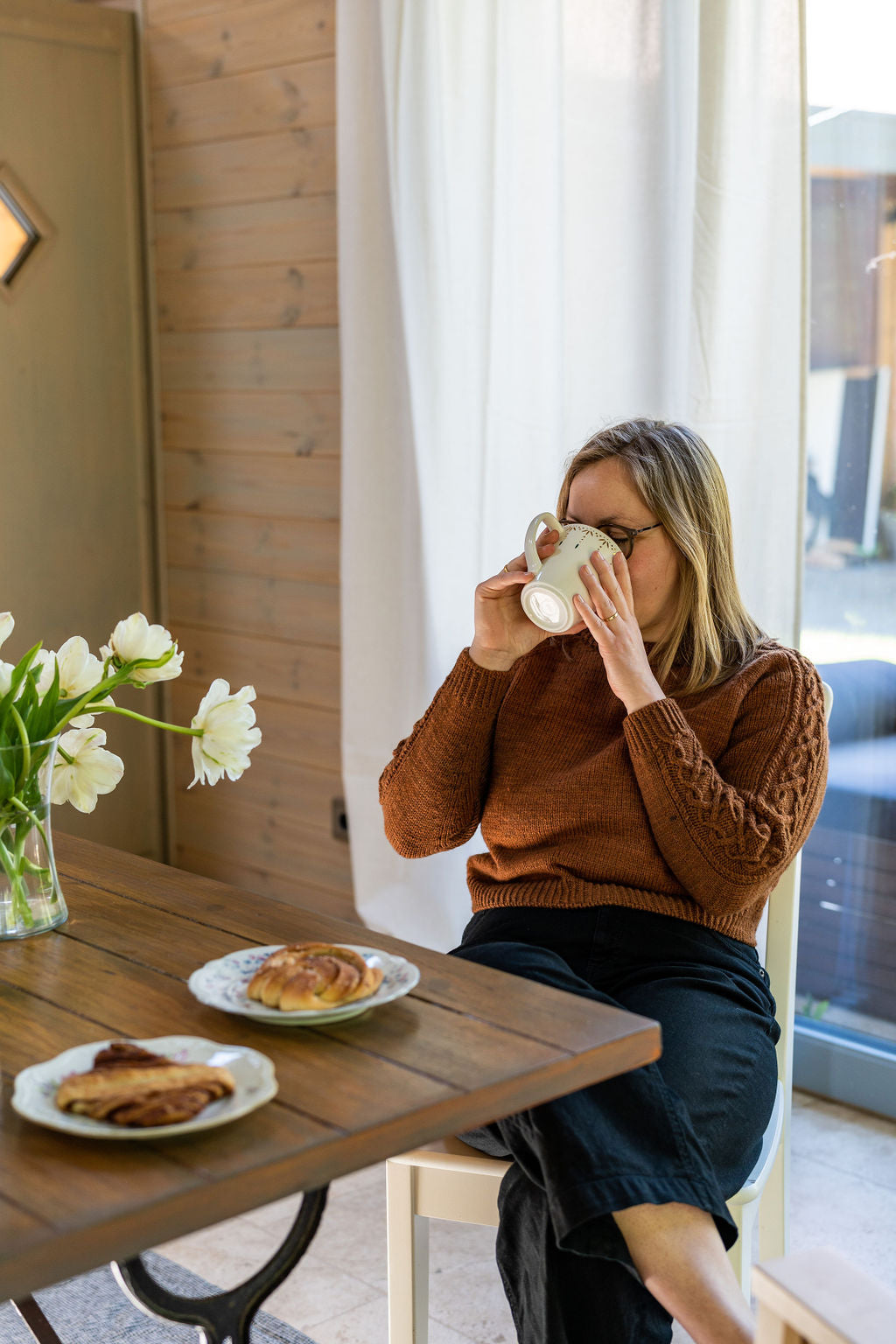
Our Podcast
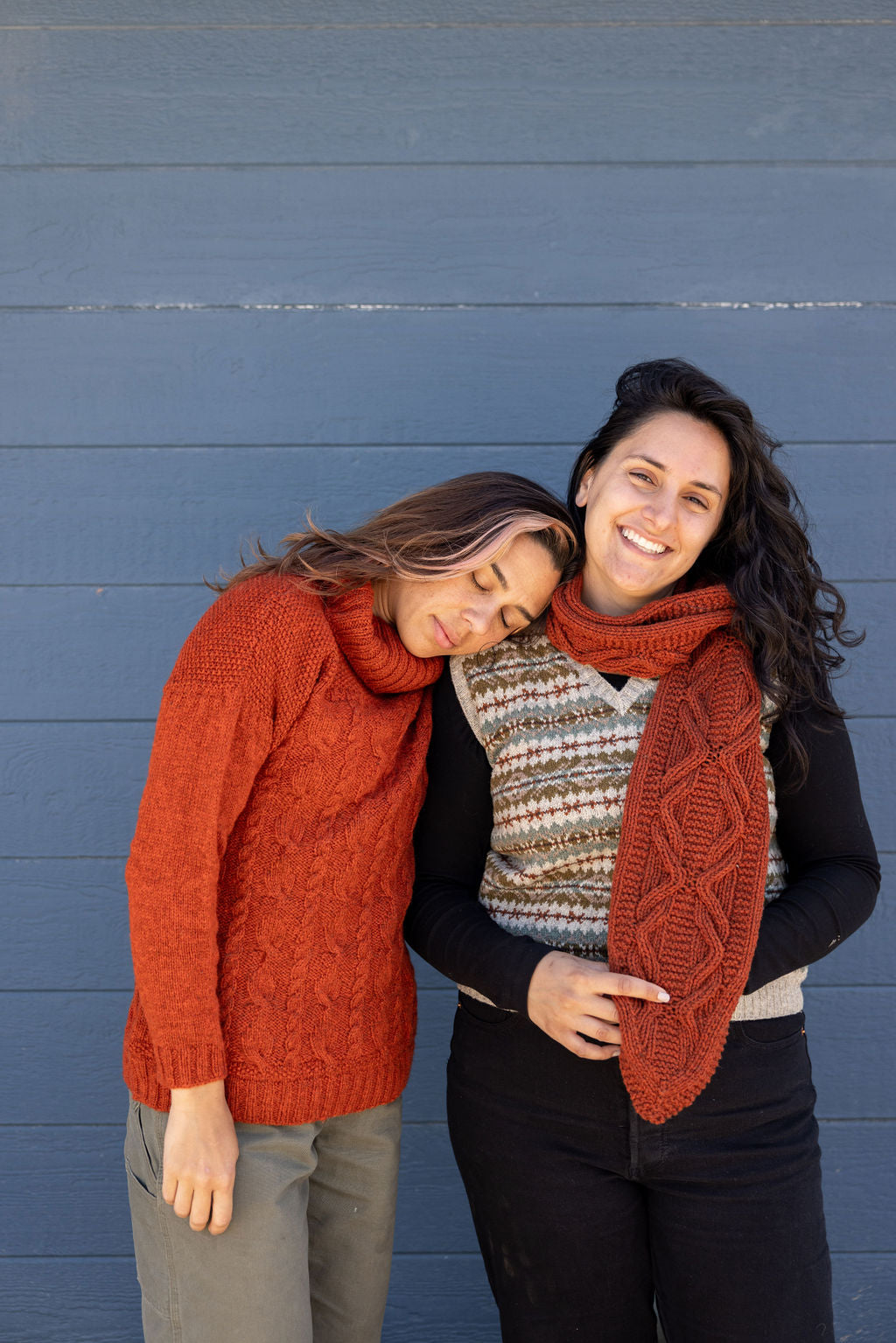
The Making Stories Collective
Meet Our Designers From Issue 3!
March 25, 2020 4 min read
It's finally here - Issue 3 is live, and we could not be more excited to share it with you! To celebrate, we thought it would be fun to explore some of the designs in Issue 3, exploring their journey from swatch to finished sample.
Issue 3 centres around the theme of Growth and our designers have been kind enough to share a few words about how this influenced their work, and where else they draw inspiration.
Sari Nordlund - Unfolding

"I draw inspiration from my Nordic heritage and minimalistic Scandinavian design. I love creating timeless classics, because knitting is a slow process, so I want to make sure what I create is worth the effort. For this design I was playing around with the contrast between simple and complicated: How simple ribbing turns into lace and the contrasts between knit and purl rows, or complicated lace and simple rows of eyelets.
I wanted to create a triangular shawl that is started at the wider side and worked until the peak of the shawl. This way all the hard (and fun) work is done at first and the rows become shorter, quicker and easier as the shawl grows (kind of like with top down pullovers, you do the yoke first and then the rest is just smooth sailing).
The beginning of the shawl is knitted with twisted rib followed by a Japanese lace inspired section of triangular motifs and fan lace. I see little mountain peaks and flowing water in the lace pattern. After the lace border the rest of the shawl is knitted in elongated garter stitch with stripes of eyelet lace. I like adding tassels or pompoms to the corners of the shawl I knit to add them some extra length and movement. I enjoyed working with Garthenor number 1, because of its natural rustic feel and good stitch definition."
Nataliya Sinelshchikova -
Espalier

"When I design knitwear most of the times the inspiration comes from certain construction, technique or pattern. When I was designing Espalier pullover I was carried away by slip stitch colourwork technique. I wanted to create a good fitting garment where all the attention is drawn to the colourwork parts on sleeves and body. This technique creates an illusion of a lace layered on top of the main knit fabric."
Stephanie Earp - Petole
 "I think this was a case of the right brief at the right moment! I was rediscovering my love of Estonian lace increases when I saw the call for submissions, which mentioned using a specific technique as a jumping off point. I learned a lot of Estonian lace techniques from knitting shawls on tiny needles, but I thought it would be fun to take those ideas and transpose them to a classic yoke sweater, blowing up the gauge to make for a faster knit.
"I think this was a case of the right brief at the right moment! I was rediscovering my love of Estonian lace increases when I saw the call for submissions, which mentioned using a specific technique as a jumping off point. I learned a lot of Estonian lace techniques from knitting shawls on tiny needles, but I thought it would be fun to take those ideas and transpose them to a classic yoke sweater, blowing up the gauge to make for a faster knit.I tried to make sure I only used as many nupps as the average knitter would actually enjoy making. They are an essential element of many Estonian lace designs, but are often skipped because they are a challenge to knit. My advice? Sharp pointy needles and keeping a relaxed gauge!"
Valentina Cosciani -
Cattedrale

"My name is Valentina and I live in Trieste (Italy) with my husband Paolo, my two sons Leonardo and Riccardo, and our cats Strudel and Alex: I spend most of my time designing my patterns and teaching people how to knit.
My dear grandmother taught me how to knit when I was a little girl; she helped form my taste in knitwear and even today she continues to be a source of inspiration for me. She taught me to love knitting, fairytales and good food!
In designing my patterns I always try to achieve clean lines with little details that make the difference."
Vanessa Pelissa -
Pale Shelter

"Pale Shelter was inspired by the idea of creating pockets of stillness and calm in our lives, a cocoon in the form of a sweater. It's a top-down seamless A-line sweater featuring biased front and back panels that hang from a classic round yoke. The sleeves can either be worked as slim or bishop sleeves. A set of short rows is worked to elongate the back and a series of decreases and increases and shape the cocoon from the underarm to the waist for the back to widen and embrace the body like a big hug.
Also, this was the first time I submitted a design to a magazine. I was very hesitant at first since I'm a tech editor and felt very insecure to put my personal work and designs out there. But I am so happy that I went with my gut and jumped at this opportunity. It is quite the irony that a cocoon of a sweater helped me break mine, step out of my comfort zone and venture the world!"
Claire Walls - Northbound

"For Northbound, I wanted to explore the idea of Growth from the concept of having space in which to grow. Glasshouses were an early inspiration, as was the idea of comfort - being comfortable in your own skin and having the mental and physical space to grow.
This led me to boxy shapes that give freedom to move but paired with cosy details like a tapered arm and shawl collar. My on-going love of twisted stitches gave me the all-over texture I was looking for, but by separating the columns, I could also give the design its own space to grow."
Leave a comment
Comments will be approved before showing up.
Also in Blog
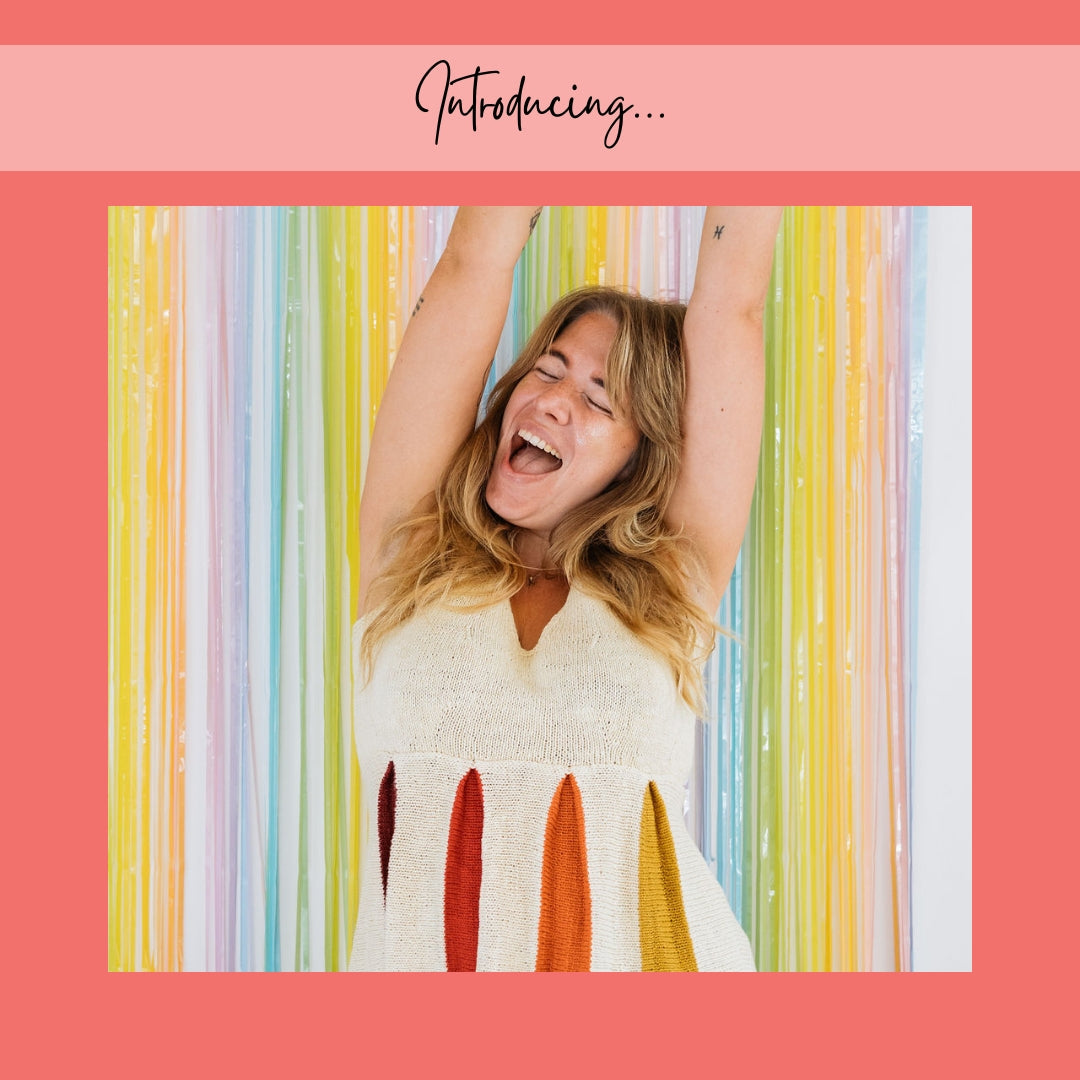
Issue 13 – Confetti & Rainbows | Official Pattern Preview
February 12, 2025 13 min read
Hi lovelies! The sun is out here in Berlin, and what better day to talk about one of the most joyful issues we've ever done than a brilliant sunny winter day – meet Issue 13, Confetti & Rainbows!
In Issue 13 – our Spring 2025 Issue – we want to play! Confetti and rainbows, unusually and unconventionally interpreted in 12 new knitwear designs – a journey through color, shapes, texture and materials.
Confetti made out of dried flowers, collected over months from bouquets and the road side. Sparkly rainbows, light reflecting. Gentle textures and shapes, echoing the different forms confetti can take. An unexpected rainbow around the corner, on a brick wall, painted in broad strokes.
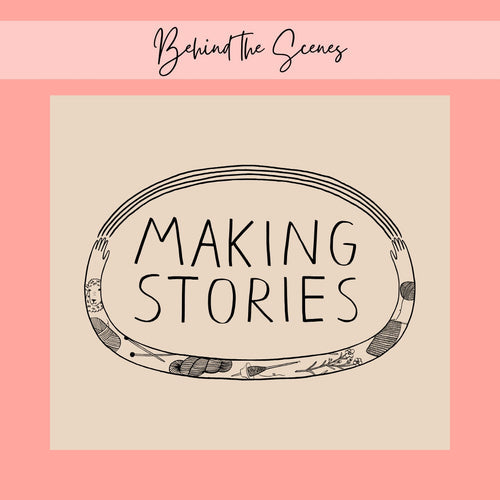
New Look, Same Heart: The Story Behind Our Delightful Rebrand
January 16, 2025 4 min read 1 Comment
Hi lovelies! I am back today with a wonderful behind-the-scenes interview with Caroline Frett, a super talented illustrator from Berlin, who is the heart and and hands behind the new look we've been sporting for a little while.
Caro also has a shop for her delightfully cheeky and (sometimes brutally) honest T-Shirts, postcards, and mugs. (I am particularly fond of this T-Shirt and this postcard!)
I am so excited Caro agreed to an interview to share her thoughts and work process, and what she especially loves about our rebrand!
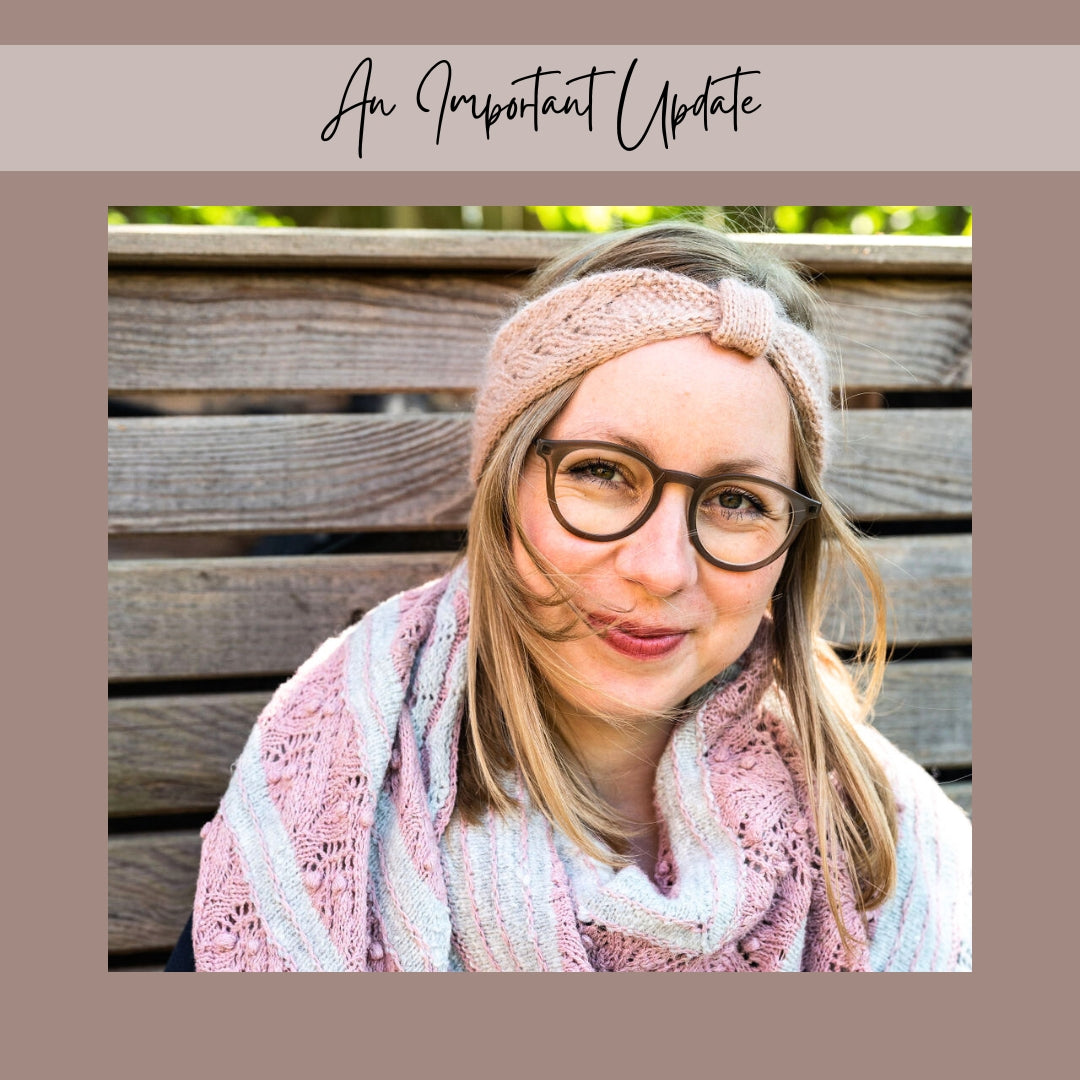
Thoughts on closing down a knitting magazine
November 19, 2024 12 min read 1 Comment
Who Is Making Stories?
We're a delightfully tiny team dedicated to all things sustainability in knitting. With our online shop filled with responsibly produced yarns, notions and patterns we're here to help you create a wardrobe filled with knits you'll love and wear for years to come.
Are you part of the flock yet?
Sign up to our weekly newsletter to get the latest yarn news and pattern inspiration!

